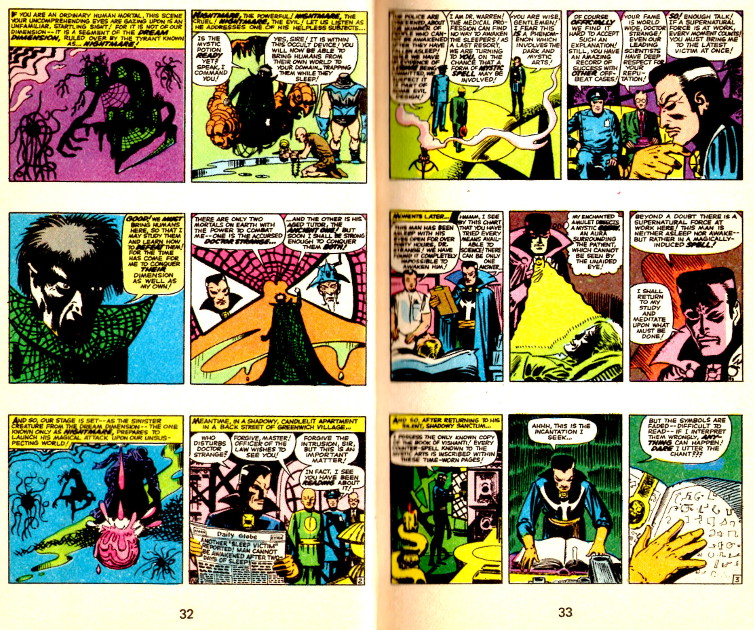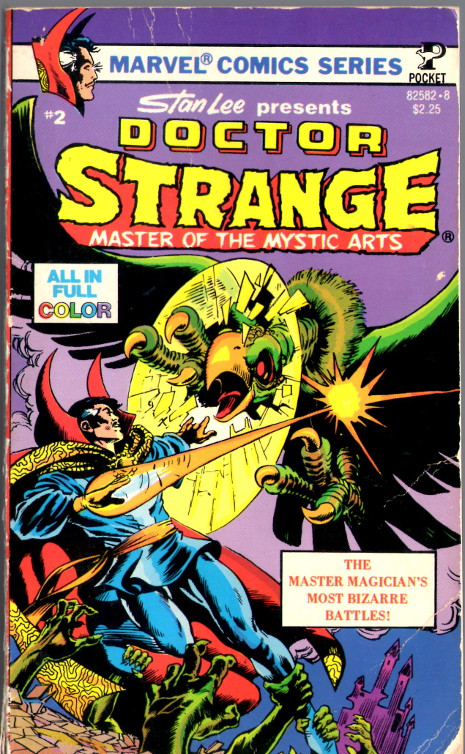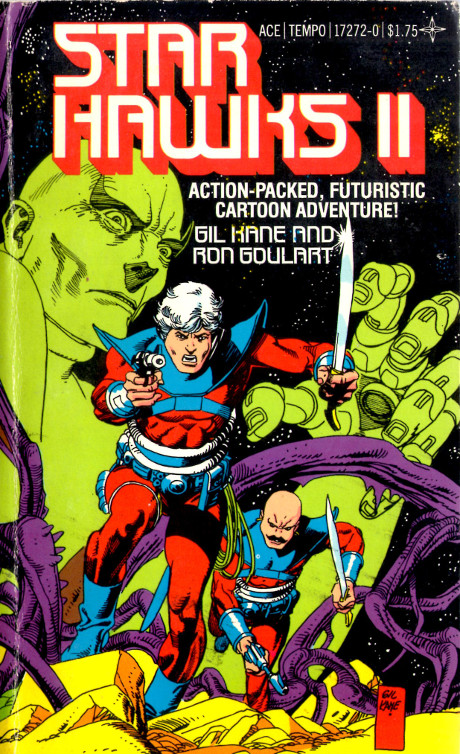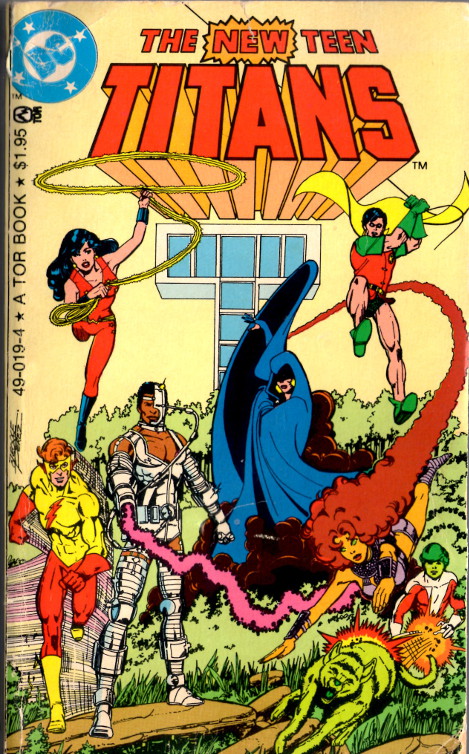When I was a young man, comics were not as main stream as they are today and yet, in some real sense, they were more pervasive. To flesh that out a bit, comics were considered a young kid pursuit and their presentation and marketing were treated as such. I can still recall, with vividness, the comics rack in the local Kroger grocery store. It was to left of the teen magazine (Seventeen, Tiger Beat, and the like), which were to the left of the serious magazines that all grownups should be reading – things like Time, and US New and World Distort. Almost every store had a rack of this kind, supposedly as a pacifier for the stressed mother who simply could not deal with her precious little snowflakes while shopping.
This was the age before direct marketing, Previews, online ordering, and certainly reprints in the trade paperback or glossy hardbound form. Little care was given to the treatment or care of the issues and the release to and duration on the news stand was completely unknowable. Sometime consecutive issues showed up, sometimes there was a gap.
As an avid collector, I had limited ways to find or afford the older material from which many of the comics of my formative years drew upon. I remember being perplexed by such questions as “Who was Gwen Stacy?” and “Why did she die?” and having no real way to find out the answers.
Then finally, there was an attempt by the marketing wizards to fill in some of the gaps by bring affordable reprints to a hungry audience. How they actually decided what to reprint remains a mystery to this day but the format they chose was perhaps even more puzzling. It was common to find reprints in the form of a regular paperback book.
The very first example that came into my hands was a Pocket Book, Doctor Strange, Master of the Mystic Arts #1.
Published in 1978 and sporting a Frank Brunner cover, this collection of reprints actually takes material from Strange Tales #110-111, #114-#129. Measuring about 4¼ x 7 inches, each page bore a photo-reduced facsimile of one of the original pages in published in comic form on a page of about 7¾ x 10½ inches – reduction to about 37% the original size. Below is a scan of two facing pages from the Pocket Book reprinting a material from the story “Return to the Nightmare World”, from Strange Tales #116.
Despite the reduction, the art is clear, the text readable, and the colors vibrant.
Also, the original material was tersely sourced, with only a brief one page preface by Stan Lee telling the reader that this volume contained the first eighteen stories featuring Doctor Strange. There was no way for an aspiring collector to know that there was a sequence break between issues #111 and #114.
Shortly thereafter, a second edition followed in 1979.
The stories reprinted here picked up immediately after the original run, spanning Strange Tales #130-144, but were of a different character entirely. In the first volume, most stories were self-contained within one issue, with only one run of stories lasting three whole issues. Almost the entirety of the second volume concerns itself with multi-issue confrontation between Doctor Strange and Dormammu, including the first appearance of the entity known as Eternity.
About that same time in 1979, the paperback book entitled Star Hawks came out.
This volume reprinted the daily comic strip by Gil Kane and Ron Goulart that ran from October of 1977 through May 1981. Since the original publication was sized and layout for the ordinary newspaper, the staff at Tempo Books choose to layout the panels in landscape rather than portrait mode.
The panels remained at their original size, although their relative orientation changed. One simply read the book ‘sideways’. Because the original strip was in black-and-white, the reprinted strip was also monochrome.
This approach was a really convenient way to consume a daily strip all at one go, without fear of interruption due to a missed delivery or, as was my case, without access to the original as it wasn’t carried in my local paper.
A companion volume, entitled Star Hawks II, followed in 1981 that brought the reader up to about October of 1978.
Taken together, the two books brought about one year of a really good comic strip to the reader for a total investment of $3.50, which is cheaper than many comics on the market today. (Even adjusting for inflation, the price of about $10 was still a bargain).
In 1982, DC Comics offered a reprint paperback for The New Teen Titans.
This volume picked yet a third way to present the original source material. Like Star Hawks, the staff at Tor Books chose not to photo-reduce the pages. Instead, they rearranged the panels so that they fit on the smaller page. In 226 pages they were able to reproduce only the first three issues of The New Teen Titans. However, they also chose to make the reprint in black-and-white.
So there you have it: three different approaches for reprinting three different series and two different types of source material. In spite of the drawbacks, these small paperback opened a whole vista of reading excitement. Here were unbroken runs of original stories that I wouldn’t have been able to afford then and still can’t now, printed in a fairly durable format that could be easily transported and, if the truth be known, read during school hours when the teacher was particular dull and unobservant. All things considered, I wish they would bring it back.








